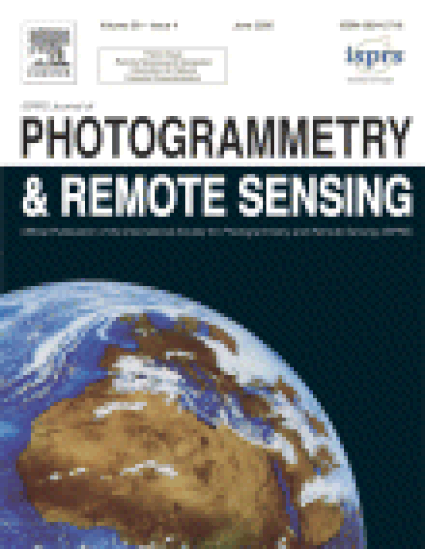
Article
Application of Multi-Temporal High-Resolution Imagery and GPS in a Study of the Motion of a Canyon Rim Landslide
ISPRS Journal of Photogrammetry and Remote Sensing
(2005)
Abstract
Change detection techniques using co-registered high-resolution satellite imagery and archival digital aerial photographs have been used in conjunction with GPS to constrain the magnitude and timing of previously undocumented historical motion of the Salmon Falls landslide in south-central Idaho, USA. The landslide has created natural dams of Salmon Falls Creek, resulting in the development of large lakes and a potential flooding hazard. Rapid motion (cm/year–m/year) of the relatively remote landslide was first reported in 1999, but significant horizontal motion (up to 10.8 m) is demonstrated between 1990 and 1998 by measuring changes in the locations of ground control points in a time-series of images. The total (three-dimensional) motion of the landslide prior to 2002 was calculated using the horizontal (two-dimensional) velocities obtained in the image change detection study and horizontal-to-vertical ratios of motion derived for the landslide in 2003–2004 collected from a network of autonomous GPS stations. The total historical motion that was estimated using this method averages about 12 m, which is in agreement with field observations.
Keywords
- landslide,
- GPS,
- geohazard,
- quickbird,
- aerial photographs
Disciplines
Publication Date
June 4, 2005
Citation Information
John Chadwick, Stephen Dorsch, Nancy Glenn, Glenn Thackray, et al.. "Application of Multi-Temporal High-Resolution Imagery and GPS in a Study of the Motion of a Canyon Rim Landslide" ISPRS Journal of Photogrammetry and Remote Sensing Vol. 59 Iss. 4 (2005) Available at: http://works.bepress.com/nancy_glenn/52/
